

Max Davies
2026 Toyota HiAce review
3 Hours Ago
With an attractive range, shared parts with existing Peugeot models, and European credibility, Opel could slot nicely into Australia.

Contributor
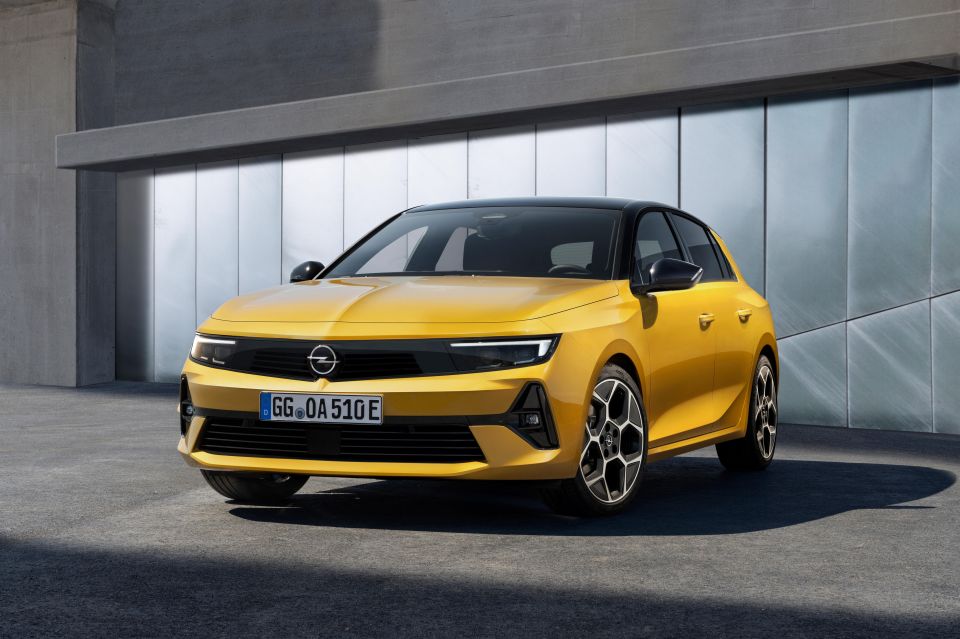

Contributor
Remember Opel?
It was launched by General Motors as a more premium sidekick to Holden in 2012 before rapidly retreating to the safety of Europe in 2013 after barely making a ripple, let alone a splash, on the sales charts.
A lot of water has gone under the bridge since then. Opel was offloaded by The General alongside British sibling Vauxhall in 2017, at which point it joined Peugeot, Citroen, and DS under the Groupe PSA umbrella.
The merger between PSA and Fiat Chrysler in 2021 saw it become part of the Stellantis family where it now lives, manufacturing attractive hatches and SUVs on platforms shared with the latest Peugeot products.
Based on a recent trip to Europe, there are plenty around. The Italian autostrada was full of Mokkas and Astras, both of which look excellent in person. They’d look great on Australian roads, in fact.
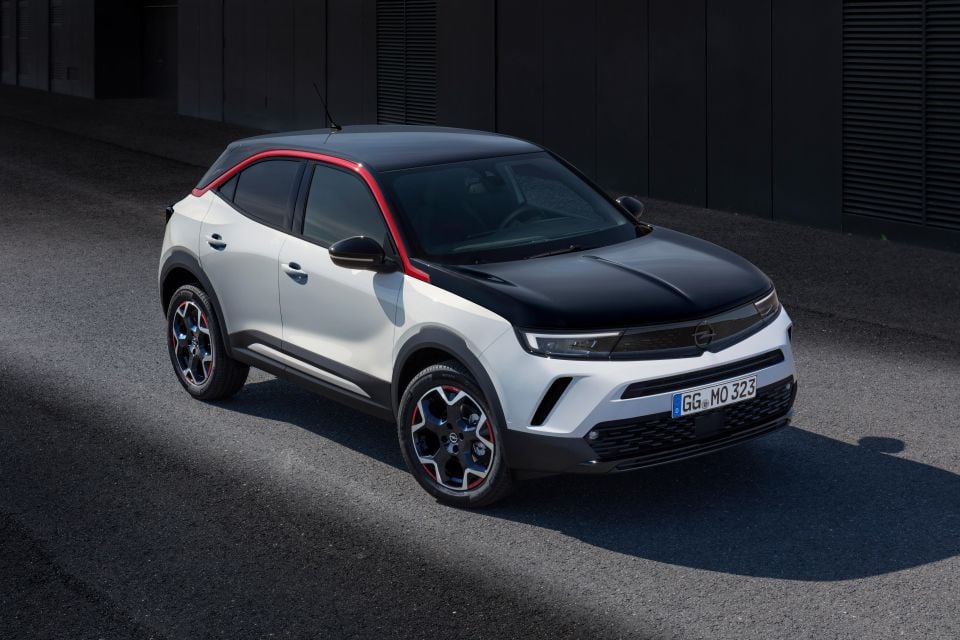

Stellantis is currently scattered to the wind Down Under. Jeep, Alfa Romeo, and Fiat are distributed by head office, while third-party distributor Ateco takes care of Ram and Maserati.
Another importer, Inchcape, looks after Peugeot and Citroen. The Inchcape stable would be the most natural home for Opel in my grand plan, where it could replace slow-selling Citroen and act as a more affordable foil to Peugeot.
Peugeot has been rebuilt as a premium-ish brand occupying the space between Volkswagen and Audi, as evidenced by pricing for the new 308. It kicks off just shy of $44,000 before on-roads, giving the brand no rival to entry-level Golf or Mazda 3 models, let alone the Koreans.
Why not allow a less expensive, less luxurious Astra to sit below it, offering Europhiles a more affordable alternative to the Golf without undermining Peugeot’s premium push?
Sourcing cars from Europe is expensive in 2022, but Peugeot has admitted to CarExpert it has the option of getting a cheaper 308 to our shores if consumers demand it. In other words, it’s not impossible.

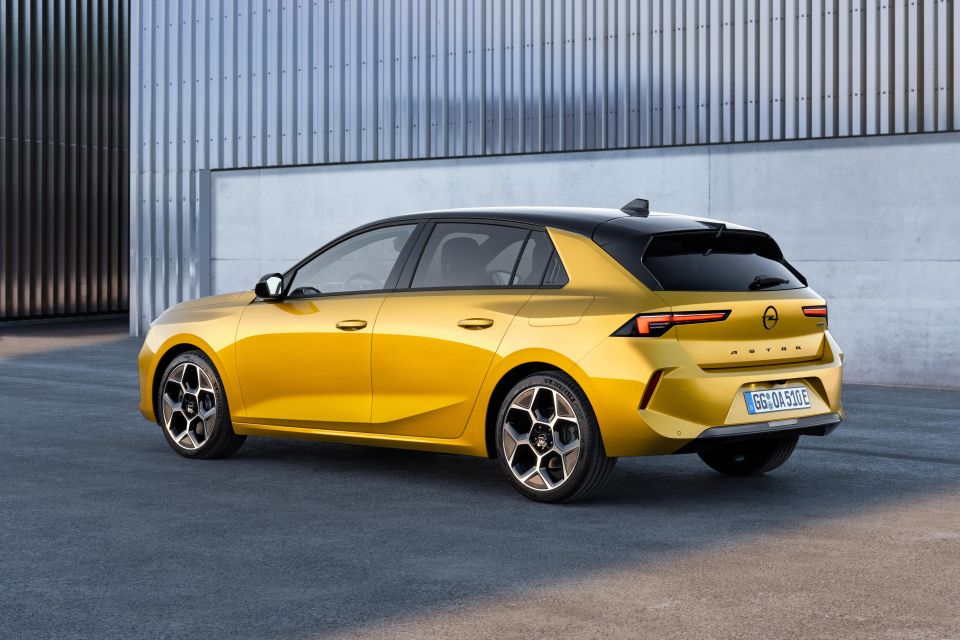
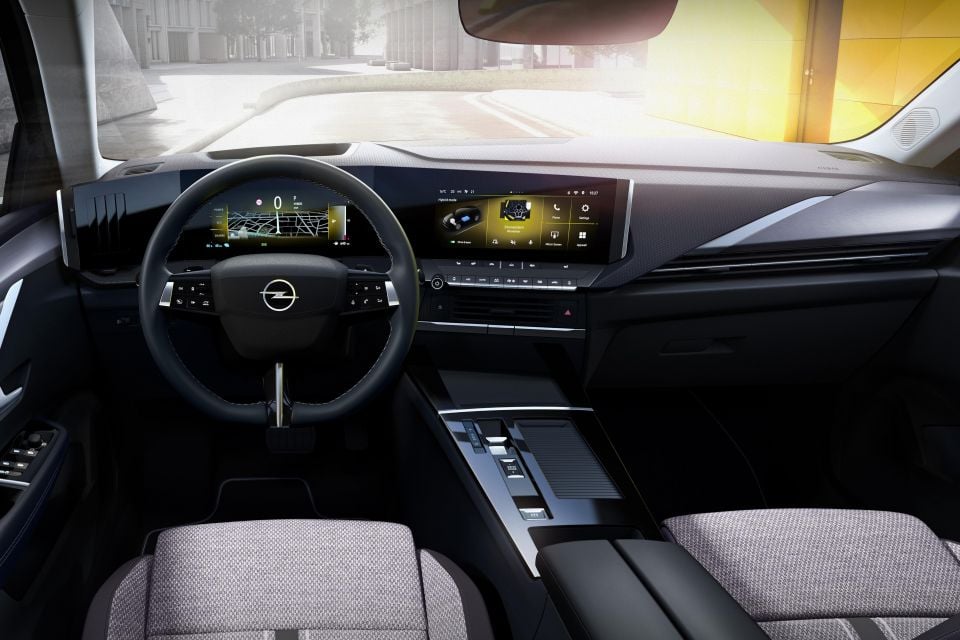
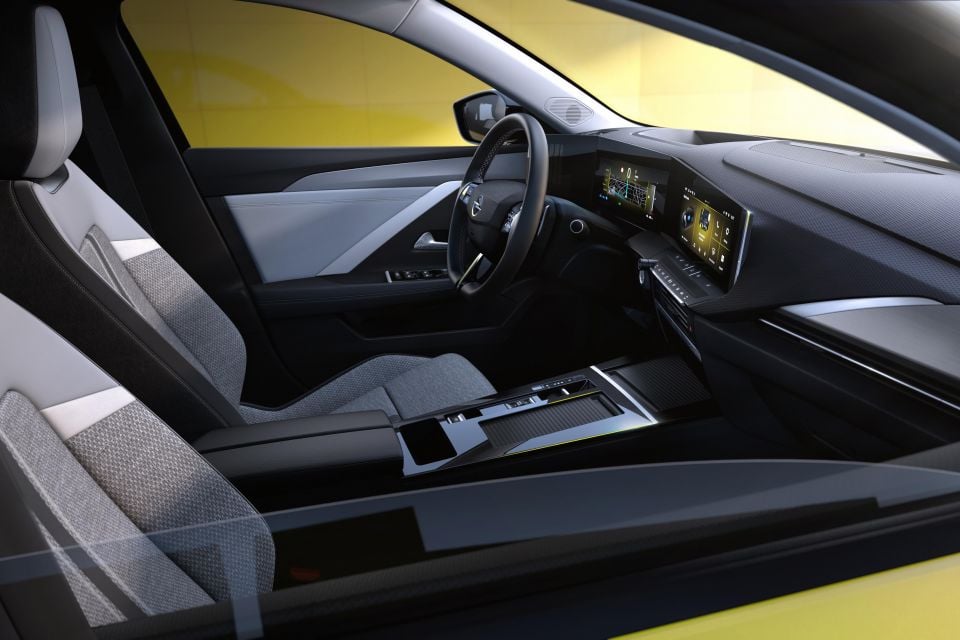
As for the Mokka? Given it’d compete with the strong-selling Volkswagen T-Roc, Mazda CX-30, and Toyota Corolla Cross, there’s no shortage of demand for cars just like it. The larger Grandland X SUV looks sharp as well, but let’s not get ahead of ourselves.
Opel even has a range of electric cars it’s starting to roll out in Europe. There’s an Astra EV, a Mokka EV, and electric versions of its small Combo van, Corsa city hatchback, Vivaro medium van, and Movano large van.
Save for the Corsa, there’s demand for all those electric cars Down Under.
A lot of the factors that might make it hard to sell Opel locally are gone. The Mokka and Astra share their platforms with the Peugeot range, so it’s not as if you can’t get parts locally – nor would the new brand force Inchcape to carry myriad new SKUs in its parts warehouses.
Opel builds the Astra and Mokka in right-hand drive for the UK market at its plant in Russelsheim – the same plant which supplied the ZB Commodore to Australia in big numbers before its axing – so it’s not as if there’s no way to make cars for our market.
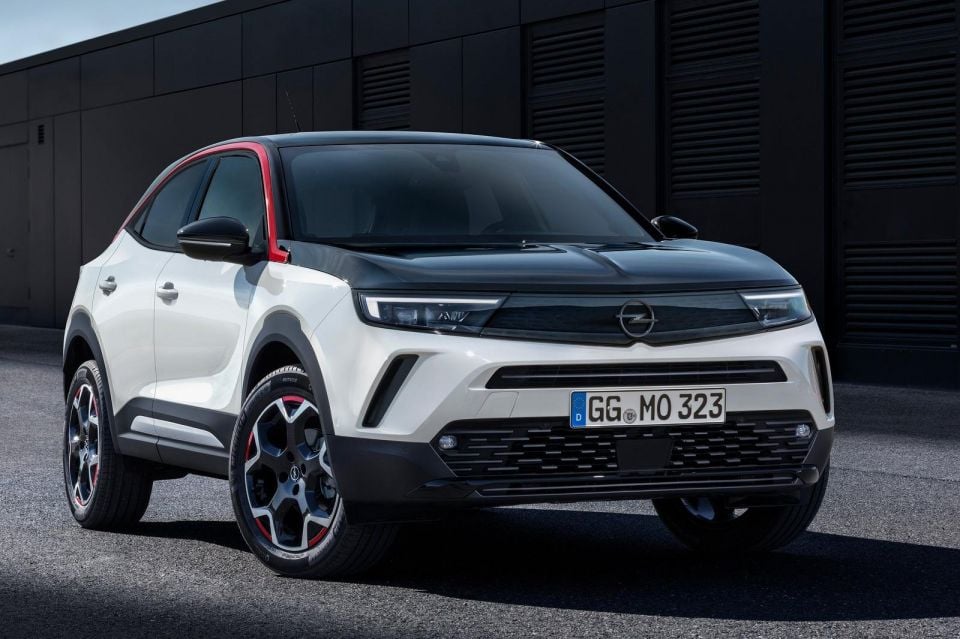
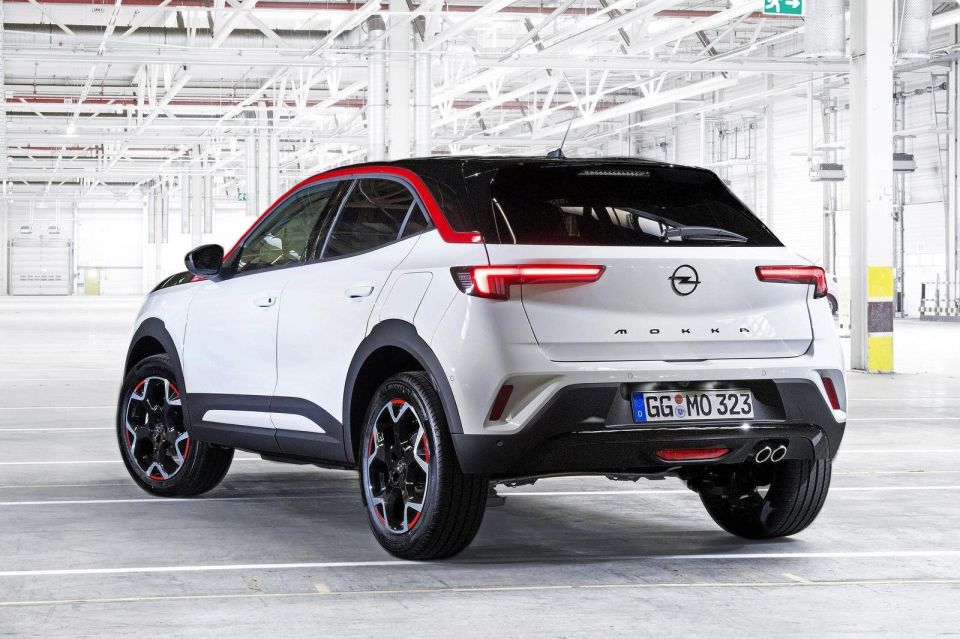
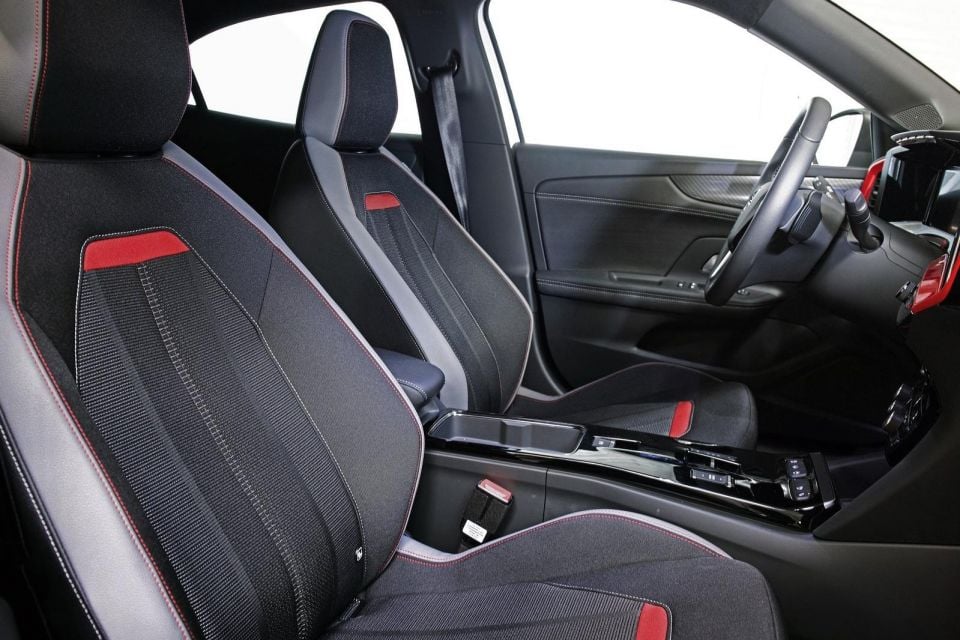
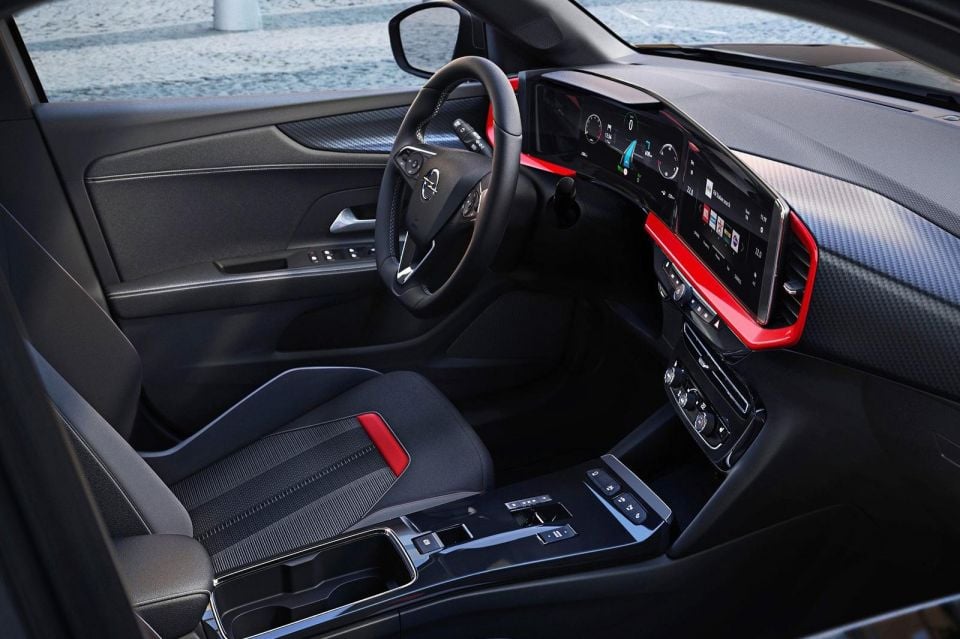
Holden is long dead, and any affiliation between Opel and General Motors in Australian minds is likely to be weak (at best) given the brand only lasted 12 months Down Under. Melbourne Demons supporters (AFL, northerners) might remember the Opel name, given it sponsored the team for a year, but that’s about it.
The market has changed significantly since 2013, with the launch of Cupra and Genesis proving buyers are willing to take a punt on a new brand if it’s telling the right story. Opel even relaunched in New Zealand recently.
Throw in the fact a fresh badge gives Inchcape (or Stellantis itself) a chance to experiment with selling cars online or direct to consumers without upsetting existing dealers, and you’ve got a pretty appealing recipe.
It’s also a chance to replace Citroen with a range of cars that has a chance to make some serious inroads in the Australian market.

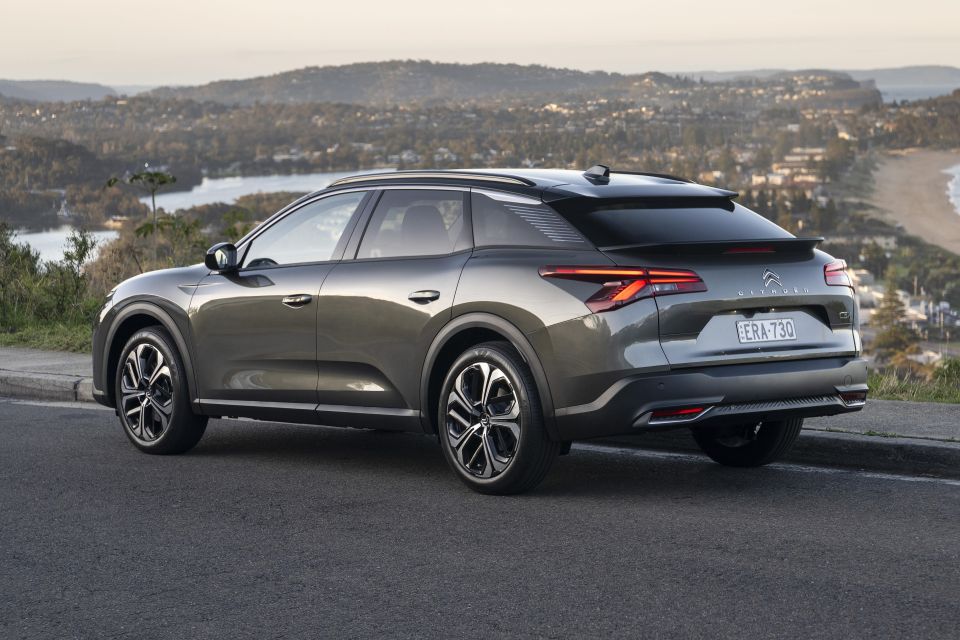
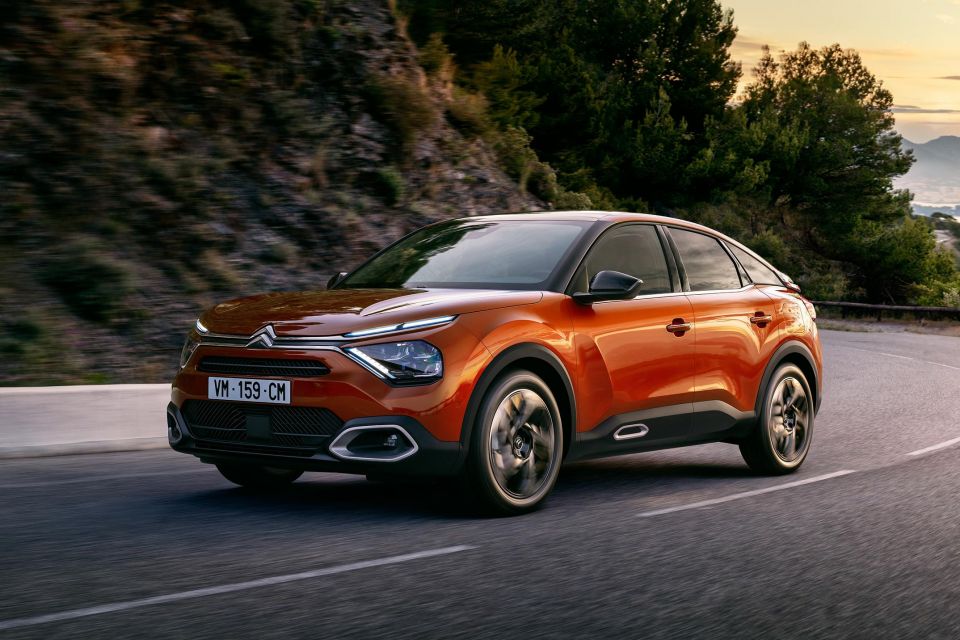

With just 241 sales to date this year, Citroen is less popular than Maserati in Australia, and only narrowly outsells the likes of Ferrari and Bentley. That represents growth, but the brand still teeters perilously close to why bother territory.
Its range is interesting, led by the funky C5 X crossover, but there’s no danger of the average Volkswagen or Mazda buyer being tempted by what it’s offering. The C5 Aircross hasn’t fired a shot in one of Australia’s busiest segments, the C4 is a niche city car hampered by an optimistic price, and the less said about the C3 the better.
The free-thinkers and contrarian cosmopolitan buyers who’ve traditionally supported Citroen are gravitating to Polestar and Tesla in droves as EV sales take off, and Cupra, Genesis, and Skoda offer more cohesive cars for those unwilling to buy a big-name brand.
It’s hard to see Citroen dragging itself out of the hole it’s in without a huge marketing push and a different product approach Down Under, neither of which looks likely.
Opel could be the missing piece in the Inchcape (and Stellantis) puzzle Down Under, and perfectly complement the ever more premium Peugeot – call it a one-two punch aimed squarely at Volkswagen.
At the moment, it’s fighting with one hand tied behind its back.

Scott Collie is an automotive journalist based in Melbourne, Australia. Scott studied journalism at RMIT University and, after a lifelong obsession with everything automotive, started covering the car industry shortly afterwards. He has a passion for travel, and is an avid Melbourne Demons supporter.


Max Davies
3 Hours Ago


William Stopford
19 Hours Ago


Ben Zachariah
20 Hours Ago


Derek Fung
20 Hours Ago


Matt Campbell
1 Day Ago


William Stopford
2 Days Ago